A single oversight—a typo in compliance training, a broken interaction in a simulation, or an off-brand graphic—can do more than frustrate learners. It can erode trust, damage credibility, and drive costly rework. In today’s learning landscape, quality isn’t optional; it’s the foundation of lasting client relationships and positive learner experiences.
Delivering high-quality learning content is essential for building trust with clients and ensuring every learner interaction feels seamless and professional. Error-free deliverables reflect professionalism, attention to detail, and alignment with client expectations. Achieving this requires more than last-minute checks—it demands a quality assurance (QA) process that is embedded throughout the development lifecycle.
Why Is Quality Assurance More Than Error-Checking?
Quality assurance isn’t just about catching typos or fixing bugs after the fact—it’s about preventing them from happening in the first place. Unlike quality control, which reacts to mistakes, QA takes a proactive approach that safeguards learning experiences from start to finish.
A strong QA process:
- Ensures consistency across modules so learners see a polished, professional product every time.
- Improves usability by validating navigation, accessibility, and learner engagement early in development.
- Aligns with standards and expectations, reducing costly rework and protecting organizational credibility.
By approaching quality systematically, organizations don’t just avoid errors—they deliver learning solutions that inspire confidence, strengthen trust, and stand out in a competitive market.
Why Quality Slips Through the Cracks?
Even with the best intentions, learning teams often face challenges that compromise quality. Recognizing these pitfalls is key to building stronger assurance practices:
- Tight Deadlines and Rushed Reviews
Teams will often push to cut corners when they are under pressure. Reviews may become rushed, surface-level, or skipped entirely. This often allows errors to slip through, resulting in higher long-term costs for rework. - Lack of Awareness of the Consequences
What seems like a small oversight can have significant impacts. Even minor mistakes erode learner trust, harm organizational reputation, and increase the need for corrections after delivery. - Developer-Centric Mindset
When creators are deeply immersed in building innovative content, they may overlook the value of an external perspective. Without objective reviews, usability issues and blind spots often go unnoticed. - Perception of QA as a Bottleneck
If QA is seen as a final hurdle rather than an integral part of development, it may be resisted or bypassed. This mindset turns QA into an obstacle to speed instead of a safeguard for quality. - Lack of Dedicated QA Expertise
Assigning QA tasks to team members without specialized skills often leads to superficial checks. Without expertise, content consistency and reliability are diminished. - Poor Version Control and Collaboration
Inadequate documentation and version tracking create confusion, duplication, and outdated materials. Weak collaboration increases the risk of inconsistent learner experiences. - Inconsistent Standards
Without unified guidelines for formatting, terminology, and branding, modules vary in quality. This inconsistency undermines professionalism and weakens the cohesiveness of the overall learning experience.
From Pitfalls to Excellence: QA That Works
A disciplined QA approach transforms content development into a streamlined, reliable process. Key strategies include:
- Embed QA from the Start - Integrate assurance into every stage—from requirements and design to development and delivery. Early reviews prevent rework and align the team with client expectations.
- Define QA Scope Clearly - Set clear expectations for QA, covering content accuracy, branding, technical compliance, and accessibility.
- Use Standardized Checklists and Documentation - Consistent guidelines ensure that details like navigation, formatting, and accessibility are never overlooked.
- Leverage AI and Automation Tools - Automate proofreading, accessibility checks, and formatting validation. This improves efficiency, while human reviewers focus on context and learner engagement.
- Maintain Defect Logs - Tracking recurring issues helps identify systemic problems and informs long-term improvements.
- Commit to Continuous Improvement - Use client feedback, retrospectives, and lessons learned to refine processes and raise quality standards over time.
- Encourage Peer Reviews and Unit Testing - Peer accountability catches early issues, ensuring QA serves as final validation rather than a clean-up stage.
Quality as a Differentiator
Quality assurance is more than a safeguard against mistakes—it’s the engine of excellence. When QA is woven into every stage of development, teams deliver not just polished courses, but reliable, learner-friendly experiences that build trust and confidence.
In today’s competitive learning landscape, QA is a strategic advantage. It reduces risk, enhances credibility, and signals to clients that every project reflects the highest standards. For organizations committed to growth and lasting success, QA isn’t a final step—it’s the foundation of every great learning solution.
If you’re ready to elevate your eLearning quality standards, let our expert team conduct a comprehensive quality assurance assessment of your current training program(s). Discover gaps, identify opportunities, and build the learner trust that drives real business results.
LEARN MORE







